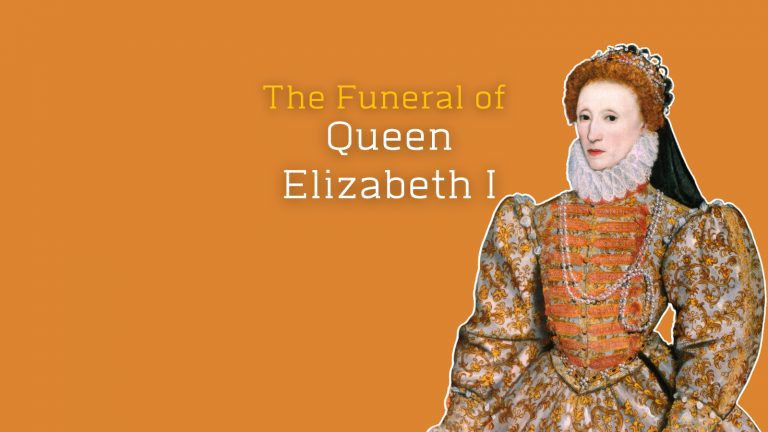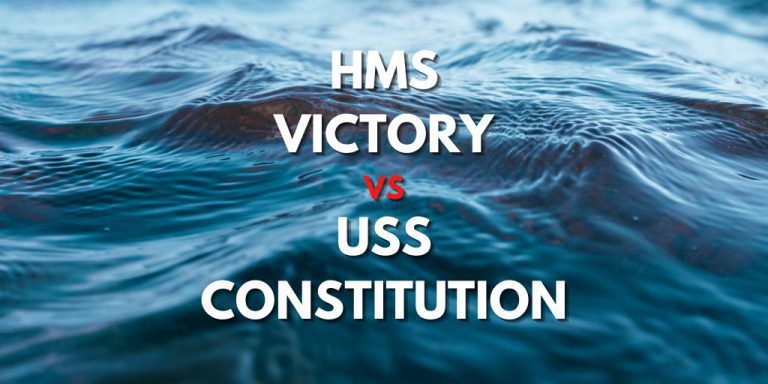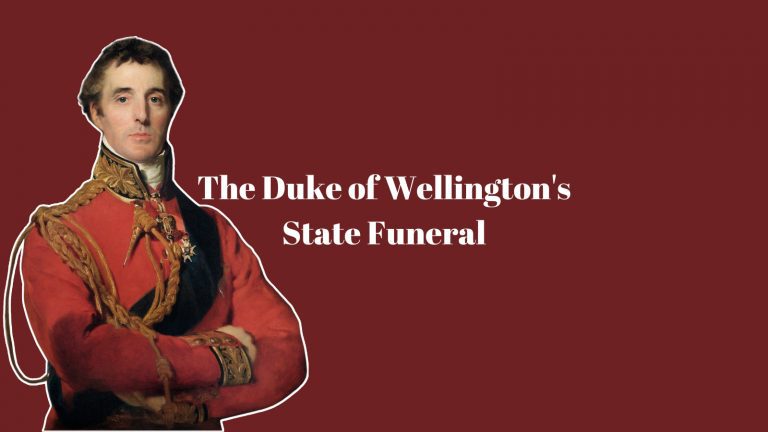The State Funeral of Edith Cavell
On a statue on St Martin’s Place northeast of London’s Trafalgar Square is inscribed these words: “I am thankful to have had these ten weeks of quiet to get ready. Now I have had them and have been kindly treated here. I expected my sentence and I believe it was just. Standing as I do in view of God and Eternity, I realise that patriotism is not enough, I must have no hatred or bitterness towards anyone.”
These were the last words spoken by Edith Cavell, immortalised on a statue of the British nurse who is honoured as the first female commoner to be given a state funeral at Westminster Abbey.
What is a State Funeral?
On 19 September 2022, Queen Elizabeth II will be honoured with a state funeral at Westminster Abbey. State funerals in the United Kingdom are reserved for monarchs, although very rarely an allowance is made for a notable individual.
The last such funeral of a British Monarch was 70 years ago, in 1952, when Queen Elizabeth II’s father, King George VI, was laid to rest. The head of state is automatically entitled to a state funeral, but the monarch can approve the same for other “exceptionally distinguished persons” with a conceding vote in parliament. Edith Cavell shares the honour with The Duke of Wellington, Admiral Nelson, and Winston Churchill.
Who was Nurse Edith Cavell?
Edith Louisa Cavell was born in Swardeston, Norfolk, England, in 1865. Before training as a nurse in London and working in hospitals in Shoreditch, Kings Cross, and Manchester, she was a governess in Belgium.
Edith was employed as the Matron in Belgium’s first training hospital and school for nurses at the time of the outbreak of the First World War. Brussels fell under German occupation in August 1914, and the Nursing School became a Red Cross Hospital tending casualties from both sides as well as civilians
After the Battle of Mons in September 1914, Edith treated two wounded British soldiers trapped behind enemy lines in German-occupied Belgium. She had the men smuggled into the Netherlands after they were discharged from the hospital, being that the Netherlands was then neutral territory.
The British Nurse progressed to form part of a network that sheltered Allied soldiers and aided the escape of Belgians eligible for military service. For 11 months, approximately 200 British, French, and Belgian soldiers found shelter in her hospital and were assisted in their escape across the border, thanks to Edith Cavell.
The Arrest of Nurse Edith Cavell
She was duly arrested on 5 August 1915, placed in solitary confinement in St Gilles Prison in Brussels, and tried at court-martial on 7 October 1915 alongside 34 others also connected to the network.
She was found guilty and sentenced to death by firing squad.Although the U.S. Ambassador to Belgium was amongst a long list of those appealing for at the very least, a postponement of her execution, if not a reprieve, her execution went ahead.
On the night before her execution, Reverend H Stirling Gahan, the Anglican chaplain of Christ Church Brussels, gave her Holy Communion. Her final words to the German Lutheran prison chaplain, Paul Le Seur, were, “Ask Father Gahan to tell my loved ones later on that my soul, as I believe, is safe, and that I am glad to die for my country.”
The Execution of Edith Cavell
On 12 October 1915, sixteen men formed two firing squads which were to carry out the sentence of death on Edith, and four Belgian men at the Tir national shooting range in Schaerbeek.At 7:00 am, eight of the soldiers forming the German firing squad fired at Cavell.
The execution was witnessed by the German war poet Gottfried Benn. He wrote a detailed account in 1928, “How Miss Cavell was shot.”
Edith Cavell’s body was immediately buried beside Saint-Gilles Prison by Belgian women.Cavell’s story was used in numerous propaganda articles across the allied forces. Understandably she became a particular hero of the nursing profession and was a driving force in recruitment.
The American Journal of Nursing told a fictional tale of how brave Nurse Edith Cavell fainted because of her refusal to wear a blindfold. As she lay on the ground still unconscious, the german commanding officer shot her dead with a revolver. This was a completely fictitious account, but it became the standard narrative of her death.
Edith Cavell’s State Funeral and Burial in Norwich Cathedral
When the war was over, Edith Cavell’s remains were repatriated onboard the HMS Rowena. Cavell was one of only three Britons repatriated after the end of the First World War. The others are the unknown warrior and Charles Fryatt, a merchant seaman who was executed for trying to Ram a German U-Boat.
The ship arrived in Dover on the 14th of May 1919 to the sound of the bells of St Mary’s Church. Edith Cavell’s body was transferred to a railway van and lay in state overnight on Dover Pier. This van is now kept as a permanent memorial to Nurse Edith Cavell.
The body was returned to London the next day, and there was a full procession from London Victoria to Westminster Abbey for the State Funeral.
Edith Cavell was buried by special permission in Life’s Green on the east side of Norwich cathedral. The King granted an exception to an Order in Council of 1854 for her burial to be allowed inside the grounds of Norwich Cathedral.






